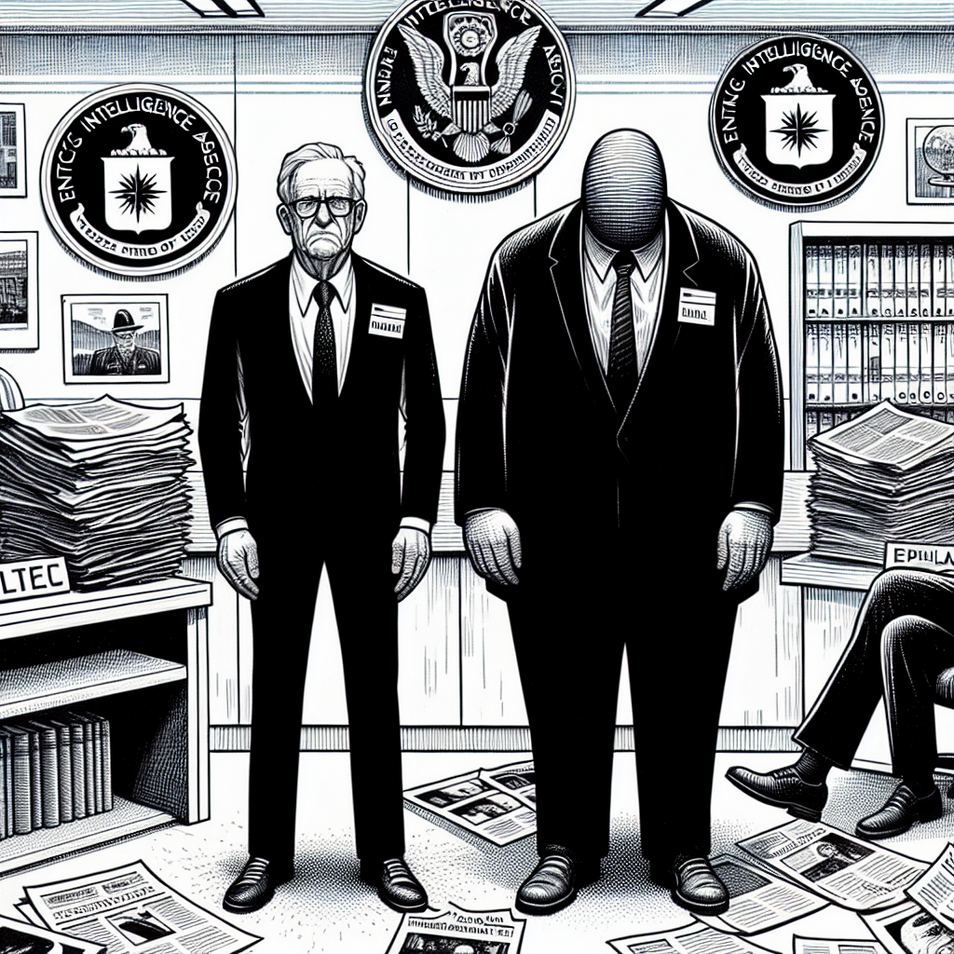Brennan and Clapper’s Last Stand: A Legacy Under Fire

Former intelligence chiefs John Brennan and James Clapper recently tried to mount a defense of their tenure under the Obama administration, publishing an op-ed in The New York Times ostensibly to ‘set the record straight’ on Russia’s involvement in the 2016 election. But what reads like a noble attempt at clarity quickly crumbles under the weight of newly surfaced evidence that challenges their central claims. This isn’t just about interpreting intelligence differently—it’s about a narrative shaped for political ends while key facts were pushed aside or obscured entirely.
One of Brennan and Clapper’s most glaring assertions is that the Steele Dossier had no influence on the 2017 Intelligence Community Assessment (ICA). Yet, recent documentation reveals that the dossier was not only included—it was classified and presented in an annex as supplemental ‘evidence’ of Russian intentions. This strategic classification conveniently shielded it from scrutiny, even as it propped up the ICA’s pivotal conclusion: that Russia preferred Trump. At the time, few Americans were aware that this ‘FBI source’ was funded by the Clinton campaign and fraught with credibility issues.
They also lean heavily on the idea that the ICA was vetted and validated through multiple reviews, claiming this proves the strength of their analysis. However, a latest release from the Office of the Director of National Intelligence has exposed the flimsiness of that justification. The much-touted conclusion was based, in part, on an unattributed and undated email, and an ambiguous sentence fragment that even senior CIA analysts wanted excluded. These are not hallmarks of rigorous intelligence work—they’re red flags that warrant accountability, not applause.
Attempting to rebut allegations of political bias and leaking, Brennan and Clapper insist they worked to prevent intelligence disclosures. Yet, history paints a different picture. Leaks pointing to Trump-Russia ties began surfacing before he even took office, aimed directly at shaping public perception. The dossier gained legitimacy not by evidence, but by being attached to an official government document. That wasn’t a coincidence; it was calculated damage—the kind that blurred the line between national security and political warfare.
In their exculpatory essay, Brennan and Clapper dismiss claims that intelligence professionals were shut out or silenced. But email records and firsthand reports show otherwise. Analysts who resisted writing conclusions not supported by facts were removed from communication chains or ignored. The message was clear: fall in line, or fall away. As the curtain is pulled back on what truly went on behind the scenes, it becomes harder to deny that these actions represented a coordinated effort—not to safeguard democracy, but to control its narrative.

